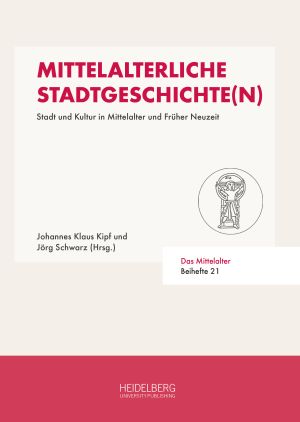Zitationsvorschlag
Lizenz (Kapitel)

Dieses Werk steht unter der Lizenz Creative Commons Namensnennung - Weitergabe unter gleichen Bedingungen 4.0 International.
Identifier (Buch)
Veröffentlicht
Konstantinopel – eine überlebende antike Stadt im Mittelalter?
Konstantinopel wurde 324 als neue Residenz Kaiser Konstantins des Großen und als Zentrum seines immer noch halb-heidnischen Kaiserkults gegründet. Nach seinem Tode 337 nahm es rasch den Charakter einer christlichen Stadt an. Einige Jahrzehnte später wurde die Stadt zur Hauptstadt des östlichen Teils des Römischen Reiches. Für fast 900 Jahre, bis zur Eroberung der Stadt durch die Kreuzfahrer 1204, wurde Konstantinopel niemals von fremden Truppen erobert. Obwohl also die Erfahrung von Zerstörung und Katastrophe fehlte, hat sich die Stadt doch ständig verändert. Zeiträume des Aufbaus, Zeiträume des Zerfalls und Zeiträume des Wiederaufbaus lösten einander ab. Neue Bewohner wanderten zu, die mit dem städtischen Leben nicht vertraut waren und die oftmals Schwierigkeiten hatten, die römischen Traditionen der Stadt und ihr zumindest noch partiell heidnisches Erscheinungsbild zu verstehen. Obwohl die Migration auch in den Oberschichten und in den senatorischen Rängen zu Brüchen geführt hatte, bestand das Byzantinische Reich in reduzierter Form bis ins Jahr 1204 als ein spätantiker Staat fort, mit Konstantinopel als seiner Hauptstadt. Aufgrund der Existenz eines dominanten Kaisertums am Ort konnte sich Konstantinopel nicht zu einer ‚modernen‘ Stadt mit einem aktiven, selbstbewussten Bürgertum entwickeln.
Schlagwörter Konstantinopel; römische Tradition; Kontinuität versus Wandel






